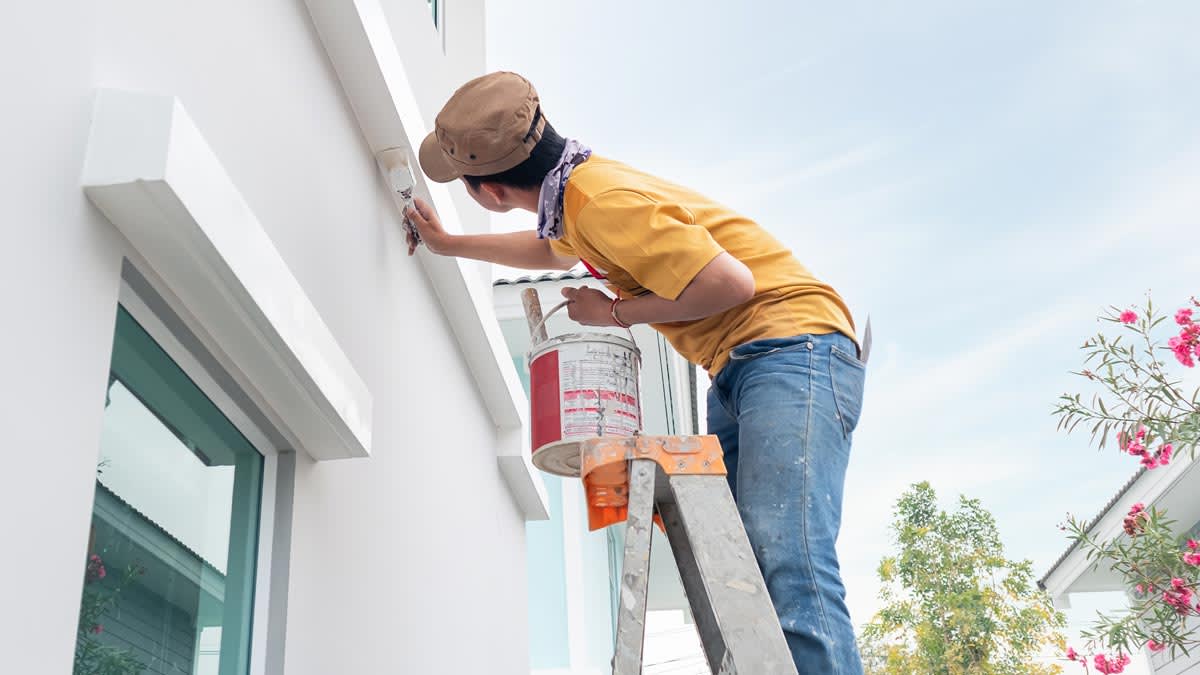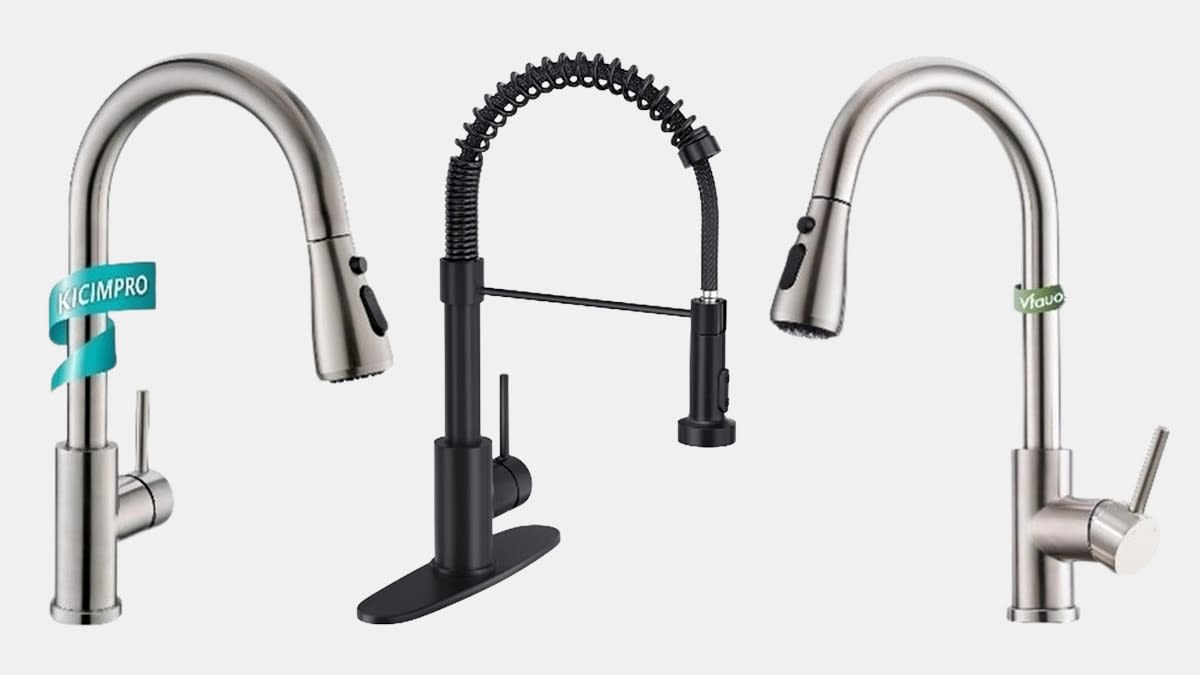
Paints recommended by Consumer Reports resist cracking, fading, dirt, and mildew for nine years or more. “Cracking resistance is the critical attribute for exterior paints and stains because cracks expose a home’s underlying siding or decking to water,” says Li Wang, who oversees CR’s paint testing. And freeze and thaw cycles could potentially cause serious damage.
For the vast majority of homeowners, exterior paint projects are handled by a qualified contractor. But it’s important to know about the product your painter chooses. The formulas in this roundup all performed well in our tests, but that doesn’t mean they’re the only exterior paints in our ratings worth a look. Others may be a better fit for your area’s climate.
Regions that are sunny, hot, and dry require paint that resists cracking and fading. Because of the high sun exposure, homes in these climates may be well suited for an acrylic-based formula with UV-resistant properties. Homeowners who experience ice and snow or stretches of warm, humid weather may want to prioritize mildew-resistant paint. Desert homes and urban dwellings need paint that resists dirt.
Oil-based paints are commonly used outdoors because they don’t expand and contract the way latex and acrylic paints do. But they can eventually crack when exposed to UV light, and they can yellow and lose some of their luster over time. For environmental safety, take the empty cans to a hazardous waste collection site for disposal.
The paints we test cover a wide spectrum of prices, and performance doesn’t necessarily correspond with cost. CR members can read on for our top picks for exterior paint.









